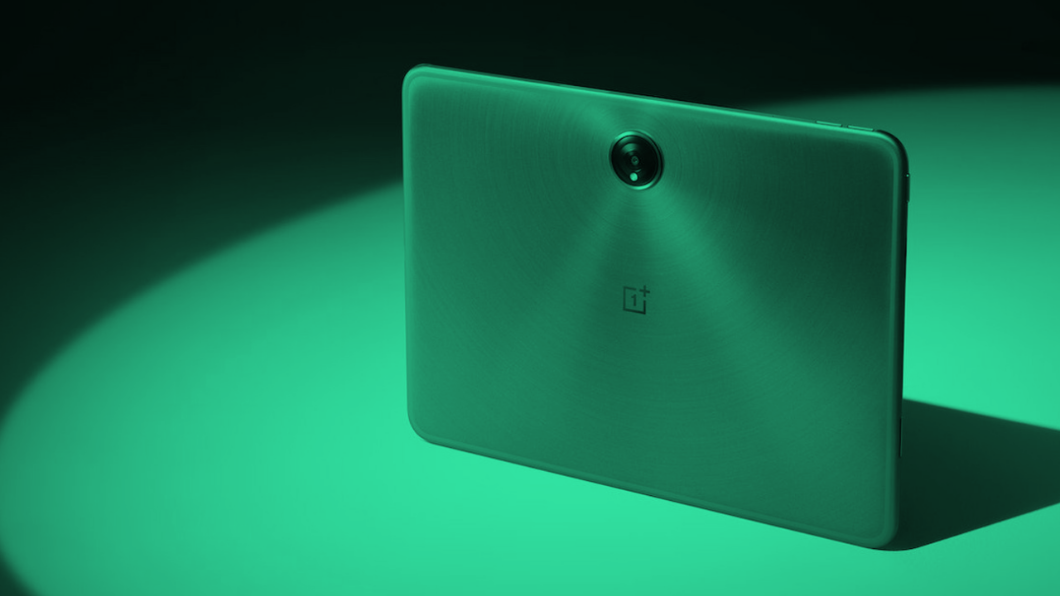Convolutional Neural Networks (CNNs) have drastically transformed the field of computer vision and are now widely regarded as the go-to option for image classification tasks. The working principle of CNNs involves using a combination of convolutional and pooling layers to extract significant features from images. These extracted features are subsequently employed to classify the images into various categories.
CNNs have a long history that can be traced back to the 1980s. However, it wasn't until the 2010s, when large datasets became widely available and computing power significantly improved, that they gained popularity. Since then, several CNN architectures have been proposed, each with its unique features and advantages.
AlexNet
One of the most popular CNN architectures is the AlexNet, which was proposed in 2012. AlexNet was the first CNN to win the ImageNet Large Scale Visual Recognition Challenge (ILSVRC) and significantly outperformed all other models. AlexNet has eight layers, including five convolutional layers and three fully connected layers. It uses rectified linear units (ReLU) as activation functions, dropout regularization, and data augmentation to prevent overfitting.
VGGNet
Another popular CNN architecture is VGGNet, which was proposed in 2014. VGGNet has 19 layers and uses small 3x3 filters in its convolutional layers. It is known for its simplicity and is easy to implement. VGGNet has been used in various applications, including medical imaging and object detection.
ResNet
ResNet, proposed in 2015, is another popular CNN architecture. It uses residual connections to enable the network to learn residual functions, making it easier to train deep neural networks. ResNet has been used in various applications, including speech recognition and image captioning.
Inception
Inception is a CNN architecture that uses multiple layers of convolutions with different kernel sizes in parallel. This architecture was proposed in 2014 and has become popular due to its ability to capture multi-scale features of an image.
Tips
For those who are just getting started with CNNs, a good place to start is with the simpler architectures such as LeNet or AlexNet. These architectures have been around for a while and are relatively easy to understand and implement. For more complex tasks, ResNet, VGGNet, or InceptionNet may be better suited.
Conclusion
CNNs are powerful tools for image classification tasks, and several architectures have been proposed over the years. Each of these architectures has its unique features and advantages, and the choice of architecture depends on the specific use case. By getting started with one of these architectures, you can unlock the potential of deep learning for image classification tasks.
-------------------------------------------
Credits: Cover Photo by Tanner Boriack on Unsplash



